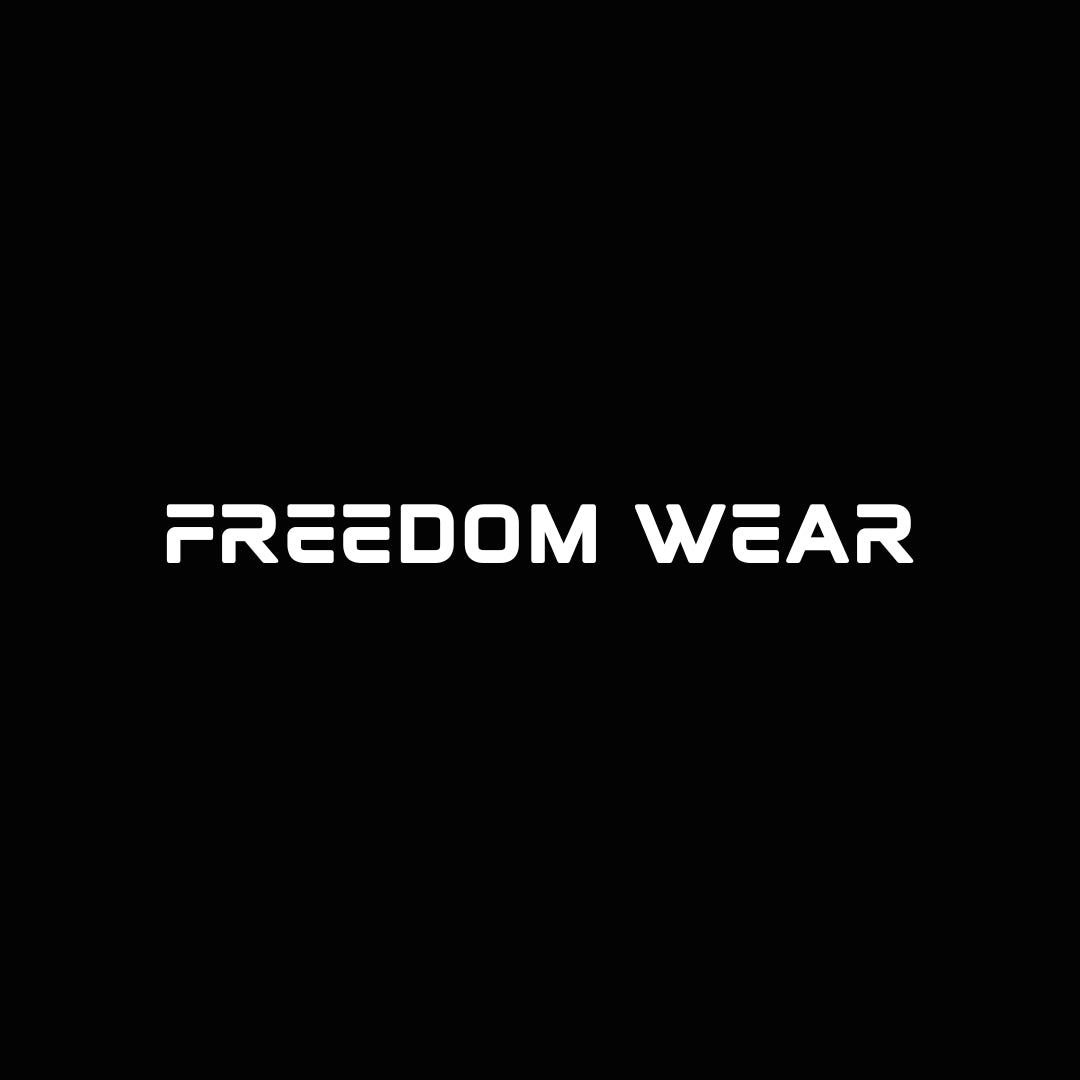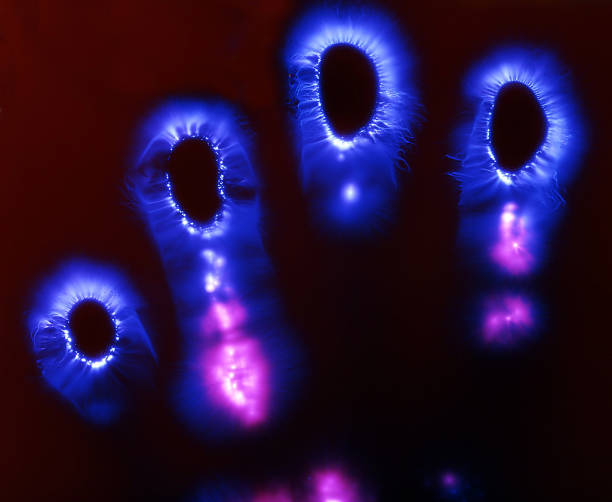Kirlian photography, also known as electro-photography, is a technique that captures the energy fields surrounding objects, often referred to as an "aura." Discovered by Russian researchers Semyon and Valentina Kirlian in 1939, this technique has gained attention due to its intriguing ability to visualize electromagnetic energy. While often shrouded in mysticism, Kirlian photography has attracted some interest from scientists, alternative health practitioners, and researchers curious about its potential to reflect the health of an individual. But how reliable is this method, and what does it really reveal about one's health?
The Science behind Kirlian photography
Kirlian photography operates by placing an object (or body part, such as a fingertip) on a photographic plate that is connected to a high-voltage electrical source. The result is a glowing image that surrounds the object, which many have interpreted as the visualization of an "aura." In a more scientific explanation, this effect is a form of coronal discharge caused by ionized air around the object.
According to researchers, what is captured in Kirlian photography is not a mystical energy field but rather an electrical discharge that depends on several physical factors. These factors include moisture levels, pressure, and conductivity of the object or person being photographed. Despite this more grounded understanding, proponents of Kirlian photography argue that these factors are intimately tied to physiological and psychological states, suggesting that changes in the patterns captured in the image could reflect changes in the person's health.
Kirlian photography and the Human Energy Field
Many proponents of alternative health therapies assert that the human body emits an energy field, sometimes referred to as the "biofield." Kirlian photography is often positioned as a tool to visualize this field, which, according to its advocates, can indicate emotional, mental, or physical well-being. This belief is rooted in ancient spiritual practices and is often compared to concepts like prana in Ayurveda or qi in Traditional Chinese Medicine (TCM), both of which posit the existence of life force energy that governs health.
Studies in the field of energy medicine suggest that disruptions in the body’s energy field may manifest as illness or disease. As such, practitioners who incorporate Kirlian photography into their diagnostic process claim that variations in the colors, brightness, or patterns of the aura can reveal information about a person’s health status. They suggest that these images may offer clues about stress levels, emotional states, and even physical health issues before they become apparent in conventional medical tests.
Scientific Criticism and Limitations
Despite its widespread use in alternative health practices, Kirlian photography is met with skepticism in the scientific community. Critics argue that the images produced by this technique are primarily influenced by external, non-biological factors such as the humidity of the skin, air pressure, and the amount of sweat present on the body. These variables, critics suggest, account for the differences in the "aura" that is captured by the technique.
A study conducted by American physicist Dr. Victor Inyushin at Kazakh State University in the 1960s indicated that changes in the Kirlian image could be correlated with certain physiological conditions. However, Inyushin’s research was largely inconclusive, and subsequent scientific studies have been unable to consistently replicate these findings under controlled conditions. In essence, while Kirlian photography might capture some aspect of the body’s energy or moisture levels, there is no conclusive evidence that these images can reliably diagnose or indicate health conditions.
Moreover, the placebo effect and confirmation bias must be considered. In the absence of solid scientific backing, the perceived health revelations seen in Kirlian images may often be the result of individuals projecting their expectations onto the results.
Applications in Alternative Health and Healing
Despite scientific skepticism, Kirlian photography continues to be a popular tool in alternative healing practices. Practitioners of Reiki, energy healing, and acupuncture, for example, often utilize Kirlian photographs to monitor energy imbalances in their clients. They argue that these imbalances can provide insight into emotional blockages, stress, or physical illnesses, and they use the images to guide therapeutic interventions aimed at restoring balance to the body’s energy field.
Some alternative health practitioners also claim that Kirlian photography can track the efficacy of treatments over time. For example, after a session of energy healing, an individual’s aura may appear more vibrant, suggesting improved health or reduced stress. However, these interpretations lack rigorous validation in scientific literature, and many critics contend that the results are too subjective to be reliable.
Kirlian photography and Stress Monitoring
One area where Kirlian photography has shown some potential application is in stress monitoring. A study published in the Journal of Alternative and Complementary Medicine explored whether changes in the Kirlian image could correlate with a person’s psychological and emotional state. The research indicated that the corona discharge of individuals experiencing high stress was often more irregular or fragmented than that of relaxed individuals.
This has led some to speculate that Kirlian photography could serve as a non-invasive tool to assess stress levels. Although these findings are promising, further research is needed to determine the accuracy and reliability of using Kirlian images to monitor stress or other psychological conditions.
The Role of Kirlian photography in the Future of Health Diagnostics
While Kirlian photography has not been embraced by mainstream medicine, its role in the field of health diagnostics remains a topic of debate. The technique’s unique ability to capture an aspect of the body’s electromagnetic field has fascinated researchers and alternative health practitioners alike, though its clinical utility remains largely speculative.
Future studies could help clarify whether Kirlian photography has any genuine diagnostic potential. If researchers can demonstrate a consistent, reproducible correlation between changes in the Kirlian image and specific health conditions, the technique could find a place in integrative medicine, where it might complement conventional diagnostic tools.
Until then, Kirlian photography remains on the periphery of scientific inquiry—a compelling yet unproven method that invites further exploration.
Conclusion
Kirlian photography presents an intriguing window into the body’s electromagnetic interactions, but its ability to accurately reflect an individual’s health status remains largely unsubstantiated by scientific evidence. While practitioners in alternative health disciplines continue to explore its potential for diagnosing energy imbalances, stress, and even physical illness, the scientific community has yet to provide conclusive support for these claims.
In the realm of complementary and alternative medicine, Kirlian photography serves as a tool for energy healers and spiritual practitioners, offering visual representations that some believe reflect inner states of health and well-being. However, without rigorous, peer-reviewed studies to back these claims, Kirlian photography’s role in medical diagnostics will likely remain speculative.
References
- Korotkov, K. G., Orlov, D. V., & Williams, B. O. (2004). Energy fields electrophotonic analysis in humans and nature. Backbone Publishing Company.
- Moss, T., Johnson, D., & Dunlap, S. (1974). "Research into Kirlian photography: Reproducibility of certain effects." Journal of Biological Photography, 42(3), 97-108.
- Tiller, W. A., Dibble, W. E., & Kohane, M. J. (2001). Conscious Acts of Creation: The Emergence of a New Physics. Pavior Publishing.
- Inyushin, V. M. (1966). "Electrographic imaging of bioenergy fields." Kazakh State University Journal of Biology, 4(2), 113-121.





